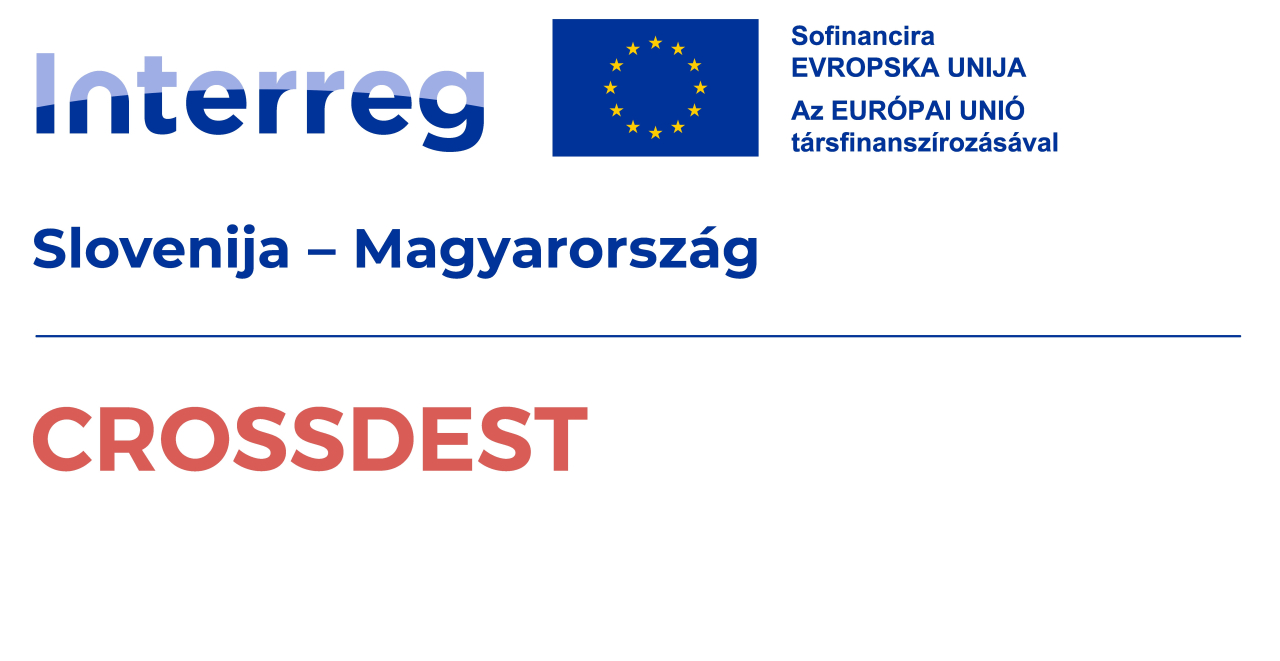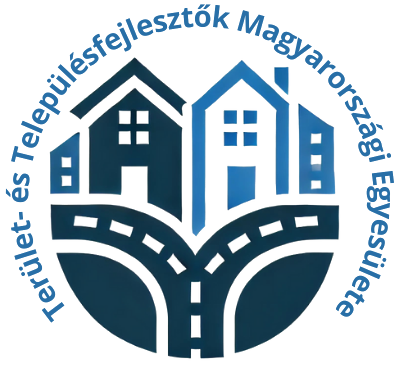Csíkszépvíz
Frumoasa (known as Csíkszépvíz in Hungarian) is one of the northernmost settlements in Harghita County, renowned not only for its picturesque surroundings but also for its well-kept village appearance and strong sense of community. The village is located near the Frumoasa Reservoir, which today serves not only a water management purpose but also as a popular tourist spot and a favourite resting place for visitors. The pride of the settlement is the Székely Border Guard Memorial Centre, which showcases the history of Székely border defence and the military traditions of the Székely communities in a modern, interactive way across three levels. The exhibition also serves educational purposes, regularly welcoming school groups and tourists alike. The surrounding hills offer excellent opportunities for hiking or cycling, and in winter, for sledging and cross-country skiing. The village community places increasing emphasis on preserving traditional lifestyles, local products, and environmental values – offering visitors not only an experience but also an example of sustainable rural living. Frumoasa is a place where past and present, nature and culture come together to provide a lasting experience – all in the spirit of sustainable tourism.
Arrival
- Walk
- Bike
- Electric bicycle
- Horseback
- Bus (rented for the trip)
- Motorcycle
- Car
Sights, programs
Public transport
Frumoasa is accessible by rail: the Brașov–Gheorgheni–Târgu Mureș railway line passes through the village, which has its own railway stop. Passenger trains stop at the Frumoasa (Szépvíz) station, making it accessible from Miercurea Ciuc, Ghimeș-Făget, Gheorgheni, and Târgu Mureș. This allows for environmentally friendly travel, particularly for those who prioritise sustainable transport solutions.
- railway
- bus
Parking information
- Free outdoor parking available
Sustainability level
Topic 1: Destination Management 68%
- Visitor management: 80%
- Commitment and organization: 0%
- Design & development: 83%
- Monitoring and reporting: 75%
- Legal and ethical compliance: 100%
Topic 2: Nature and landscape 90%
- Nature and wildlife protection: 100%
- Nature and conservation: 80%
Topic 3: Environment and climate 55%
- Land use and pollution: 33%
- Water management: 40%
- Energy, sustainable mobility and climate change: 0%
- Adaptation to climate change: 100%
- Waste and recycling: 100%
Topic 4: Culture and traditions 100%
- Cultural heritage: 100%
- People and traditions: 100%
Topic 5: Social Welfare 61%
- Health and safety: 50%
- Local economy: 60%
- Socio-economic impacts: 50%
- Community participation: 75%
- Human dignity: 71%
Topic 6: Business and Communication 67%
- Business participation: 33%
- Information and marketing: 100%













